As the world seems to be getting smaller and smaller, the place we call home is our touchstone. Where we live holds pieces to the puzzle of our identity. Our values and attitudes can be molded by our place. Place determines the comfort food we eat and the way we dress. It even inspires our art and the materials we choose to express ourselves.
The Fibershed movement promotes connection to our place by using local fiber, local labor, and local dyes. Every day the number of Fibershed devotees grows as the impact of big global fashion comes to life: the destruction of our environment by greenhouse gases, microplastics, trash accumulation, and the inequity embedded in the global corporate system. Even if we are not fashionistas, this industry is impacting each of us. Fibershed and its affiliates around our nation and the world are working to reinstate regional textile systems that will reduce the carbon footprint and be more sustainable for our economy and our ecosystems. Those organizing these efforts are promoting relationships between the fiber suppliers and the makers within their region. Yet, in the name of sustainability, we cannot ask people to give up the clothing that gives them esteem without offering a unique climate-beneficial replacement that will fulfill their desire for self-expression. Our task as makers is to provide beautiful local materials that can be used to make gorgeous cloth and clothing that will delight those who wear them.
When I think about my work within the Fibershed movement, I realize that in addition to being a maker, a fiber farmer, and an artisan dyer, I am really a steward of my land. Our land, our place, is the very foundation of my fiber, my yarn, my color, and eventually the cloth I make. Recently, I heard the term terroir used in conjunction with natural dyeing. Terroir is defined by Merriam-Webster as “the combination of factors including soil, climate, and sunlight that gives wine grapes their distinctive character.” It is easy to see that there is also a terroir of fibers and natural dyestuffs. So many physical factors impact the properties of the end fiber product whether dyed or undyed. A distinctive beauty can be found in local fiber and dyes. The nature of the air, water, soil, animals, and plants all work together to make unique fiber, yarn, and dyes. All local, all within my Fibershed.
Every fiber, just like every food, tells a story about place. Place determines whether I grow sheep, goats, camelids, or plant fibers. Place determines whether I gather lichens and mushrooms for color or forage for flowers along the road or in the vacant lot down the block. It determines what dye plants I can grow.
[Check place 3: Cormo sheep grazing on healthy land]
Some breeds of animals won’t thrive as well away from their historically native environment. As a fiber farmer, I know my angora goats have many more issues here in the humid Mid-Atlantic than in the dry Southwest or in South Africa where they thrive. Sheep are much the same. Breeds such as Cormo and Merino are easier “keepers” in their native dry high plains than in the wet Mid-Atlantic. These climate differences can change fleece quality and ultimately the end cloth or textile.
Place determines the outcome of my fiber dyeing. When using plants local to me or planted on our land, the colors are determined by the climate, water, sunshine, and soil. My local dyestuffs are distinctive. The same plant grown in a different region will produce different results. Water has shown me the difference in place so clearly. In California, I used city water. I took it for granted. It was just water. I never looked at the pH of the water or how many particulates were in the water. I didn’t realize before moving to Maryland that pH and hardness of water can make a huge difference. I am now on well water. This water is highly local; it is water that has seeped down through the soil and the rocks into an aquifer under our property. My water is slightly acidic with a lot of dissolved solids in it. When using acid dyes, that is fantastic. It means I don’t have to add much acid into each pot. However, when dyeing with some natural dyes, such as cochineal or madder, which are sensitive to such things as pH or minerality of water, I need to be more cognizant of the conditions to get the results I want.
Whether as a fiber farmer or a natural dyer, my decisions are based on the terroir of my place. I am not alone. Each natural dyer and fiber farmer will have individual products based on what is local to them. When makers work with the Fibershed principles of local fiber, local labor, and local dyes, many distinctive and beautiful fiber products can be made.
Because our world is now a more global marketplace, we have choices about what we use to make our yarn and fabric. There is a thrill in using something rare and unfamiliar, a conservation breed or a manufactured fiber newly on the market. But there is also something rare and beautiful about investigating what is right in your backyard, in your Fibershed, and in your place.

Natural colored and naturally dyed wool mohair cardigan: “Shifty” sweater designed by Andrea Mowry, modified for yarn and style.
Now is the time to find that sheep breeder with a few conservation breeds or that dyer growing indigo in their garden. Fibersheds help bring regional makers and the dyers,
animal producers, and plant fiber farmers into relationships that result in stunning locally produced and made textiles.
To find the Fibershed affiliate near you, go to www.fibershed.org/affiliate-directory/.
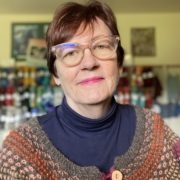 Lisa Check is the founder and owner of Flying Goat Farm. A spinner, weaver, knitter, and artisan dyer, she loves her sheep, angora goats, and all their fine fiber. Lisa is a certified ASI Level II Wool Classer. She teaches spinning, weaving, and dyeing on her Maryland solar powered farm.
Lisa Check is the founder and owner of Flying Goat Farm. A spinner, weaver, knitter, and artisan dyer, she loves her sheep, angora goats, and all their fine fiber. Lisa is a certified ASI Level II Wool Classer. She teaches spinning, weaving, and dyeing on her Maryland solar powered farm.
Leave a Reply
Want to join the discussion?Feel free to contribute!

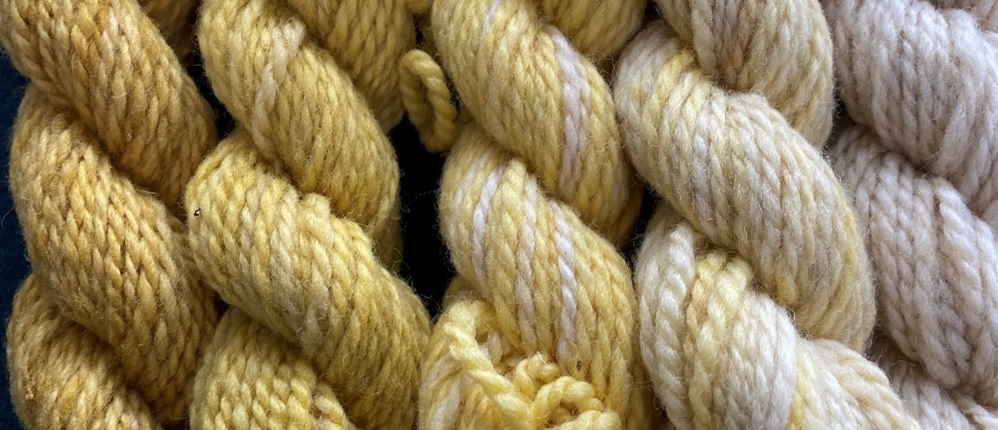
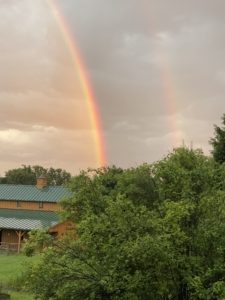
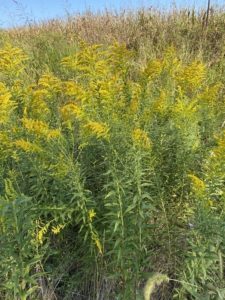
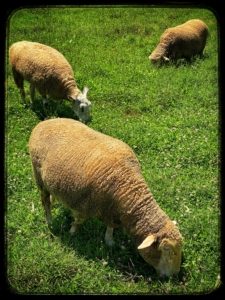
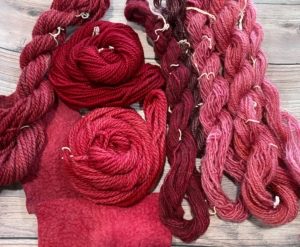
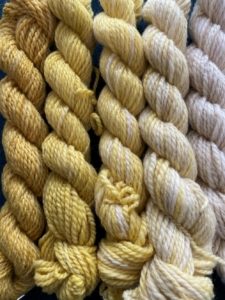


Lisa, this is awesome! Way to go!